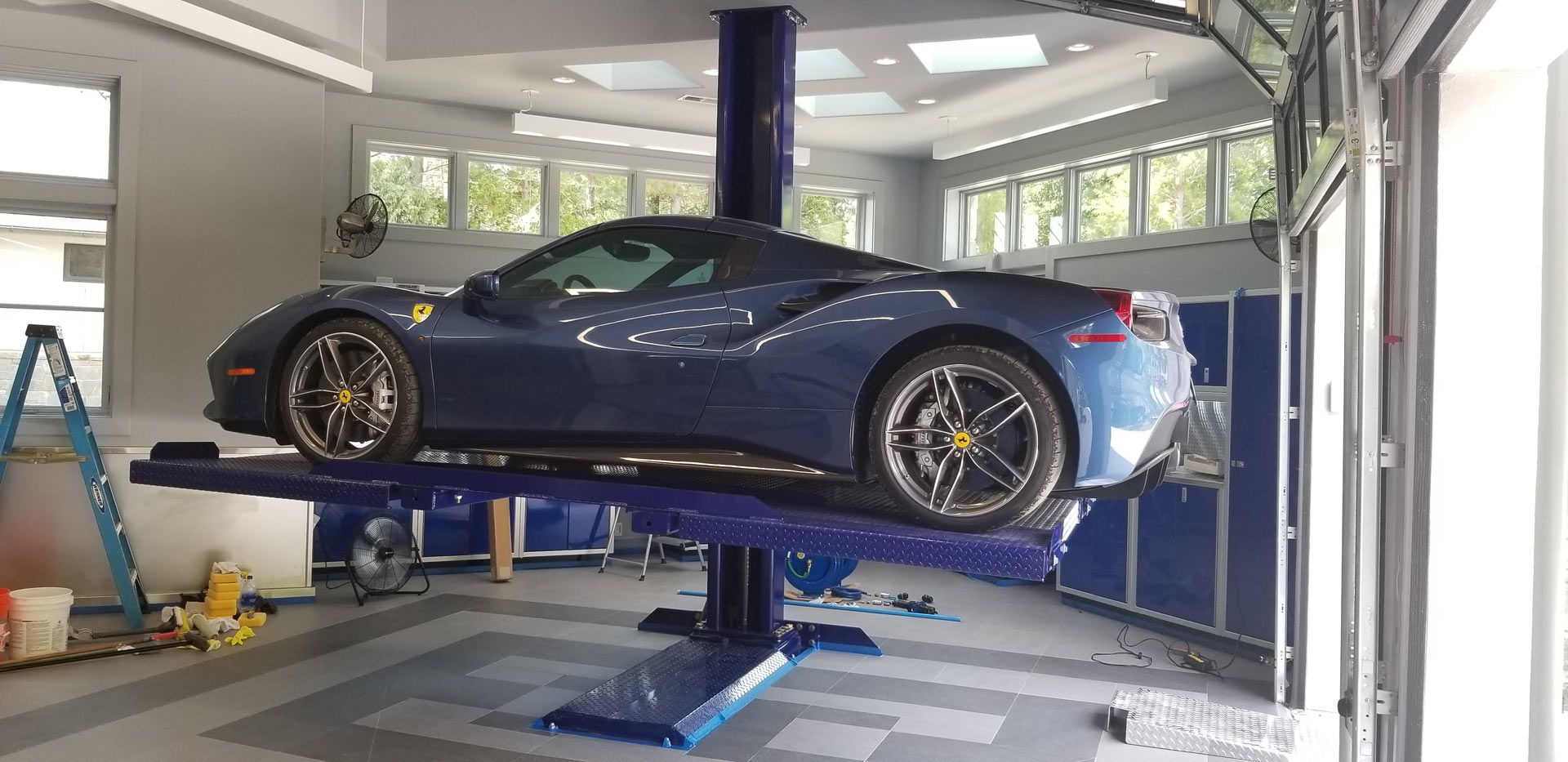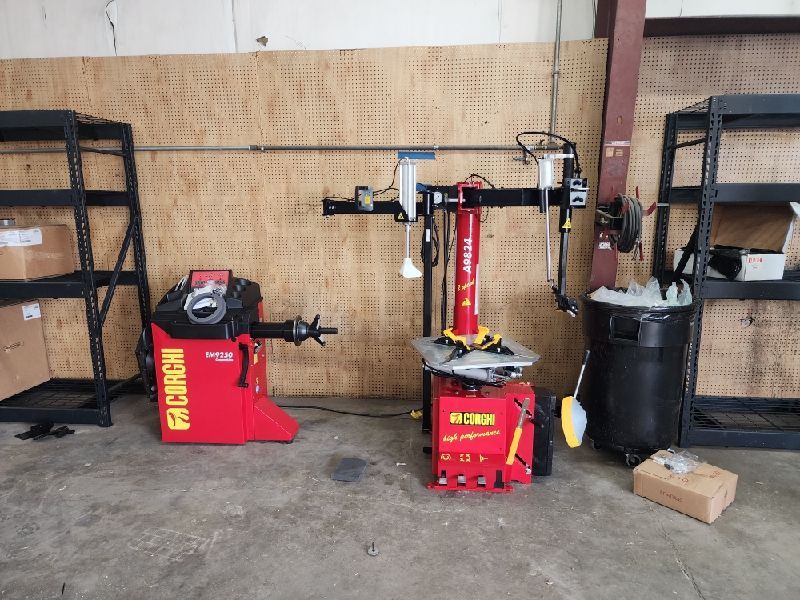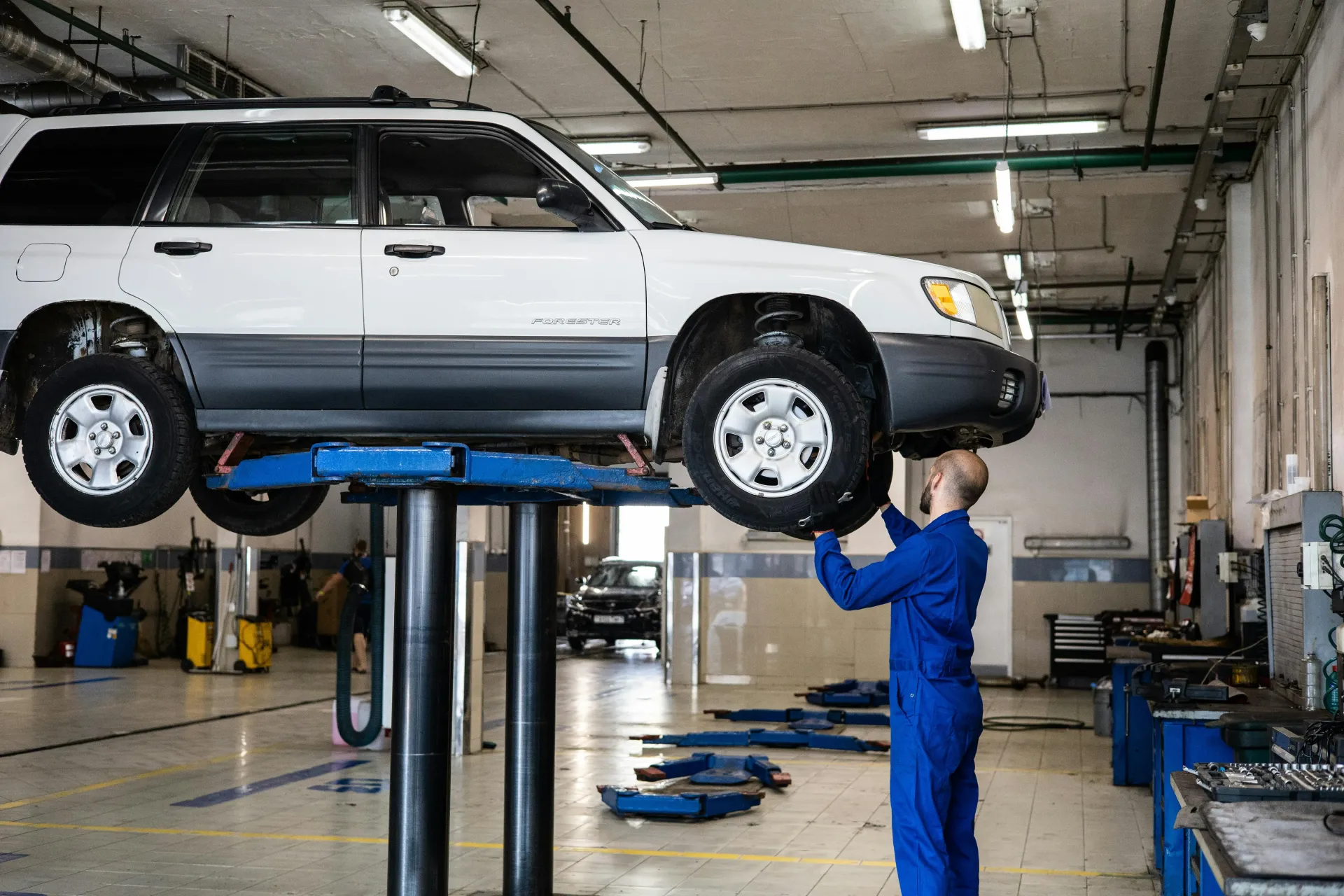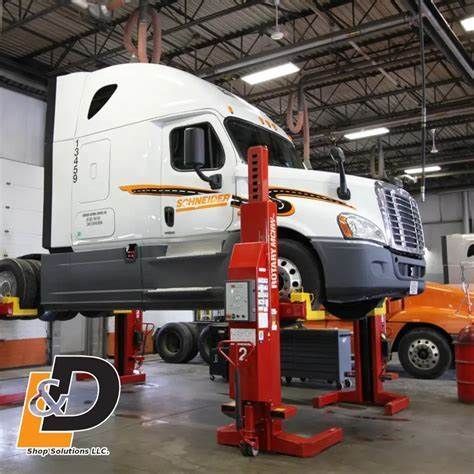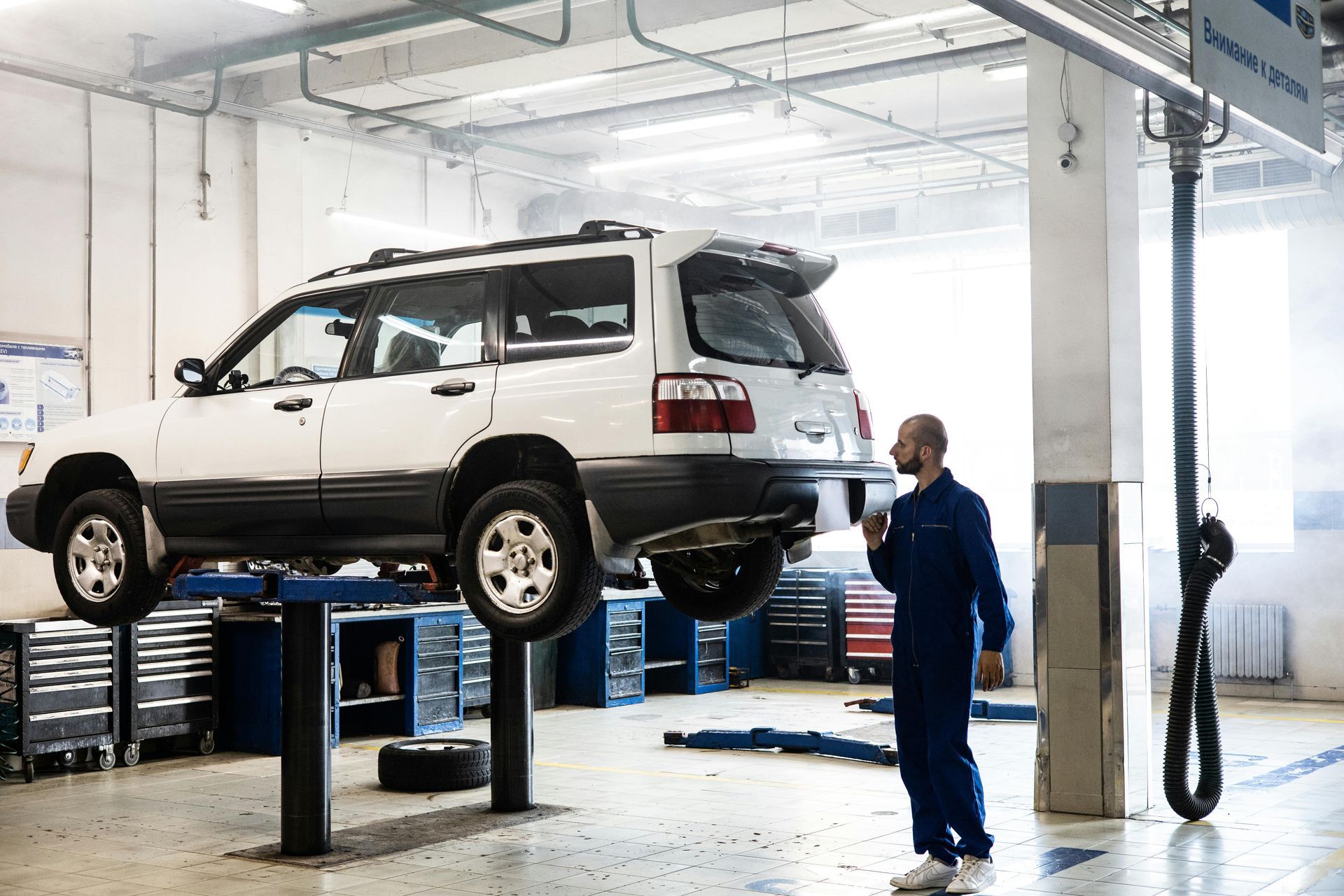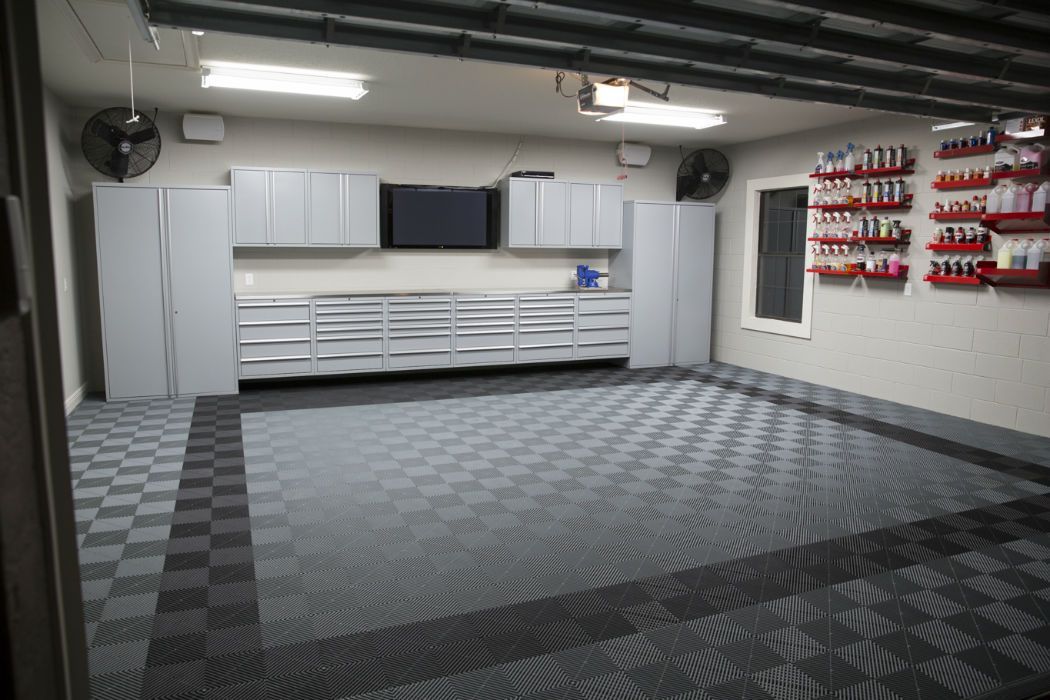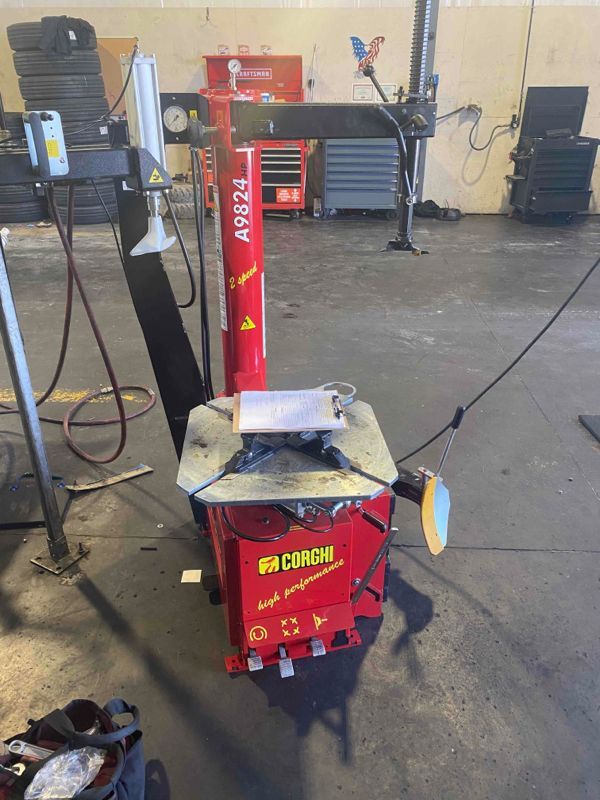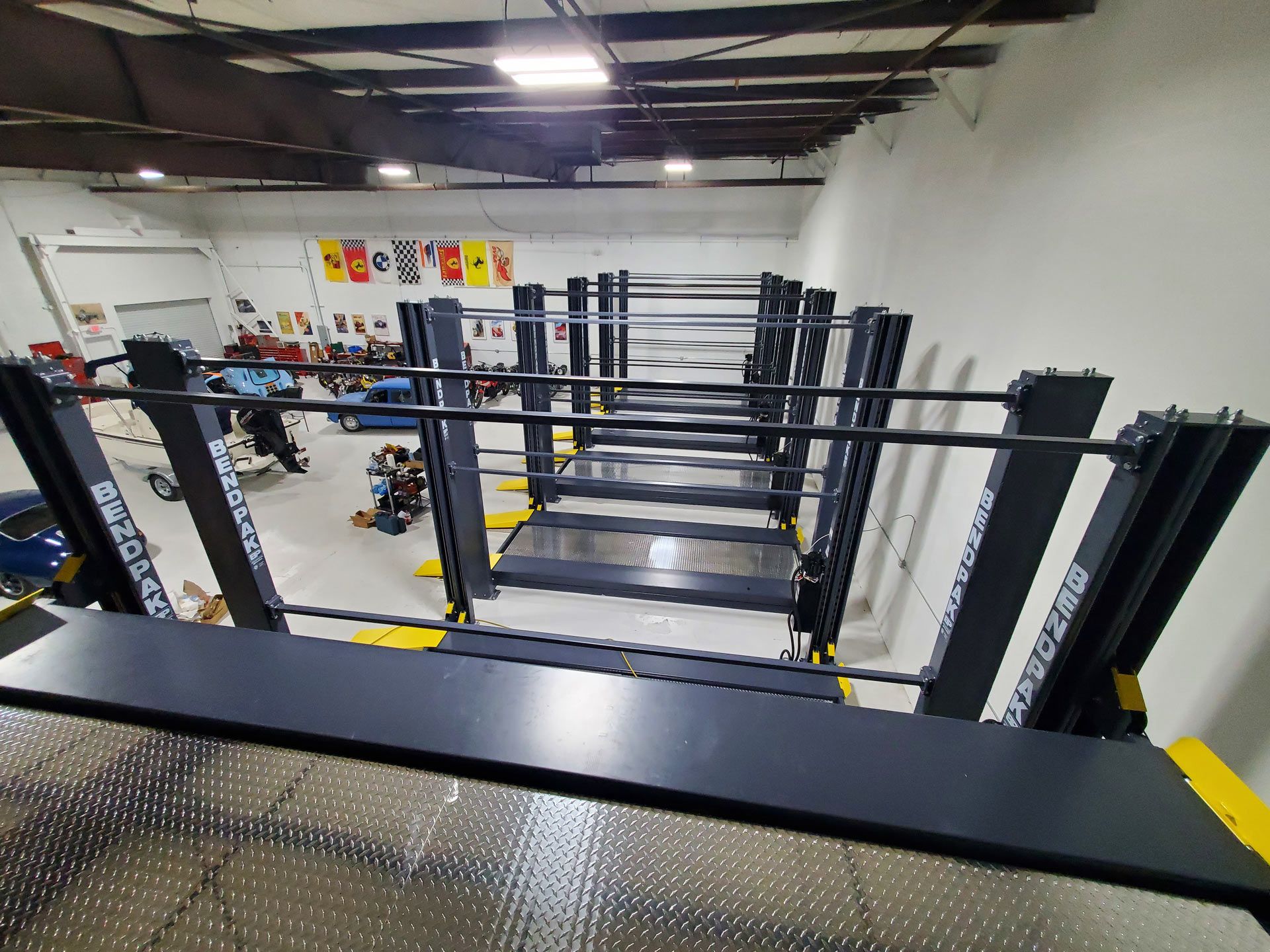What Every North Carolina Mechanic Should Know About Tire Changer Maintenance
September 15, 2025
Introduction
A tire changer is one of those tools you rarely think about — until it stops working in the middle of a busy day. For many North Carolina mechanics, it’s the most used piece of shop equipment after the lift itself. Yet, despite how critical it is, tire changer maintenance is often overlooked until something breaks.
In reality, a few minutes of consistent care can prevent thousands of dollars in repairs and lost productivity. Whether you’re running a large service bay in Raleigh or a small family garage in Angier, understanding how to maintain your tire changer is essential to keeping your shop efficient, safe, and profitable.
This guide covers what every North Carolina mechanic should know about tire changer maintenance — how the system works, what parts need regular attention, and the habits that separate a smooth-running shop from one constantly battling downtime.
Understanding How Tire Changers Work (and Why It Matters)
A tire changer does more than just remove tires — it applies mechanical leverage, air pressure, and precision alignment to safely separate and reseat tires on rims.
Most modern changers combine mechanical and pneumatic systems that include:
- Turntable or clamps to secure the wheel in place
- Mount/demount head to remove and install the tire
- Bead breaker to separate the tire from the rim edge
- Air lines and pedals to control movement and pressure
- Inflation system to safely pressurize the new tire
When any of these parts are neglected, the entire system suffers. Dirty air lines cause valves to stick. Low lubrication wears out seals. Even minor air leaks can lead to sluggish performance or tool damage.
The good news? Tire changers are remarkably durable when cared for properly.
The Cost of Neglecting Maintenance
Ignoring tire changer upkeep doesn’t just risk a breakdown — it chips away at your shop’s bottom line every day. Here’s how:
- Reduced Efficiency – Worn or misaligned components make the machine slower and harder to operate. Over time, that means fewer cars serviced per day.
- Increased Energy Use – Air leaks and mechanical strain force your compressor to work overtime, raising your utility costs.
- Damaged Wheels or Tires – A failing bead breaker or rough mount head can scratch or bend rims, turning a simple tire job into an expensive replacement.
- Safety Hazards – A malfunctioning clamp or pedal can cause sudden releases or air bursts — dangerous in any shop environment.
Preventing these issues comes down to a simple, consistent maintenance routine.
How to Maintain a Tire Changer Like a Pro
1. Clean and Inspect Daily
Start and end each shift with a quick check. Remove dirt, debris, and tire residue from the mount head, clamps, and turntable. Make sure the pedals move smoothly and the bead breaker arm operates freely.
2. Lubricate Moving Parts
A dry machine is a short-lived machine. Apply manufacturer-approved grease or lubricant to pivot points, slides, and bead breaker joints. This reduces friction and extends part life.
3. Drain the Air Lines
Moisture is a silent killer. It corrodes valves and can freeze in winter. Use your air system’s moisture trap daily, and drain the compressor tank at least once a week.
4. Check Air Pressure and Hoses
If your machine uses pneumatic power, inspect all hoses for cracks or leaks. A drop in pressure means your tools are working harder — and costing more to run.
5. Replace Worn Plastic and Rubber Components
Jaw covers, bead breaker pads, and mount head inserts wear down over time. Replacing them early protects wheels from scratches and improves grip.
6. Schedule Annual Service
Even with good in-house maintenance, professional inspection once a year ensures calibration, safety, and performance remain up to standard. Local providers in Angier or the greater North Carolina area can also check for manufacturer updates or retrofits that improve efficiency.
Common Mistakes Mechanics Make
Even experienced techs can fall into habits that shorten equipment life. Here are a few to watch for:
- Using the wrong lubricant – Some greases damage rubber seals or collect debris. Always use the manufacturer’s recommendation.
- Skipping the daily air drain – Moisture buildup leads to rust and valve failure.
- Forcing the bead – When resistance is high, stop and adjust the tool rather than using extra torque.
- Ignoring noise – Hissing or clunking often means a loose fitting or internal wear. Catch it early before it becomes a repair.
Frequently Asked Questions
How often should I service a tire changer?
Perform daily inspections and cleaning, monthly lubrication, and a professional service at least once per year.
What’s the most common cause of failure?
Neglected air systems — especially moisture buildup and leaks — are the top cause of pneumatic failure in tire changers.
Can I use shop air without a dryer?
You can, but it’s not recommended. Moisture will accumulate and eventually damage valves and seals. Even a basic inline dryer is better than none.
How long should a tire changer last?
With proper maintenance, quality machines often last 10–15 years or more. Inconsistent care can cut that lifespan in half.
Is maintenance different for high-end or heavy-duty changers?
The principles are the same. Larger or premium models may include more automation, but they still rely on clean, dry air and proper lubrication.
Conclusion
Your tire changer might not get the same attention as your lifts or alignment system — but it deserves it. A few minutes of maintenance a day can prevent thousands of dollars in repairs, downtime, and lost revenue.
For North Carolina mechanics, especially those running busy shops in towns like Angier, Fayetteville, or Raleigh, investing time into equipment care isn’t optional — it’s a competitive advantage.
If your tire changer is slowing down or overdue for a checkup, connect with a local shop equipment expert who understands both the technology and the realities of your workday. A small investment in maintenance today can save your shop thousands tomorrow.

